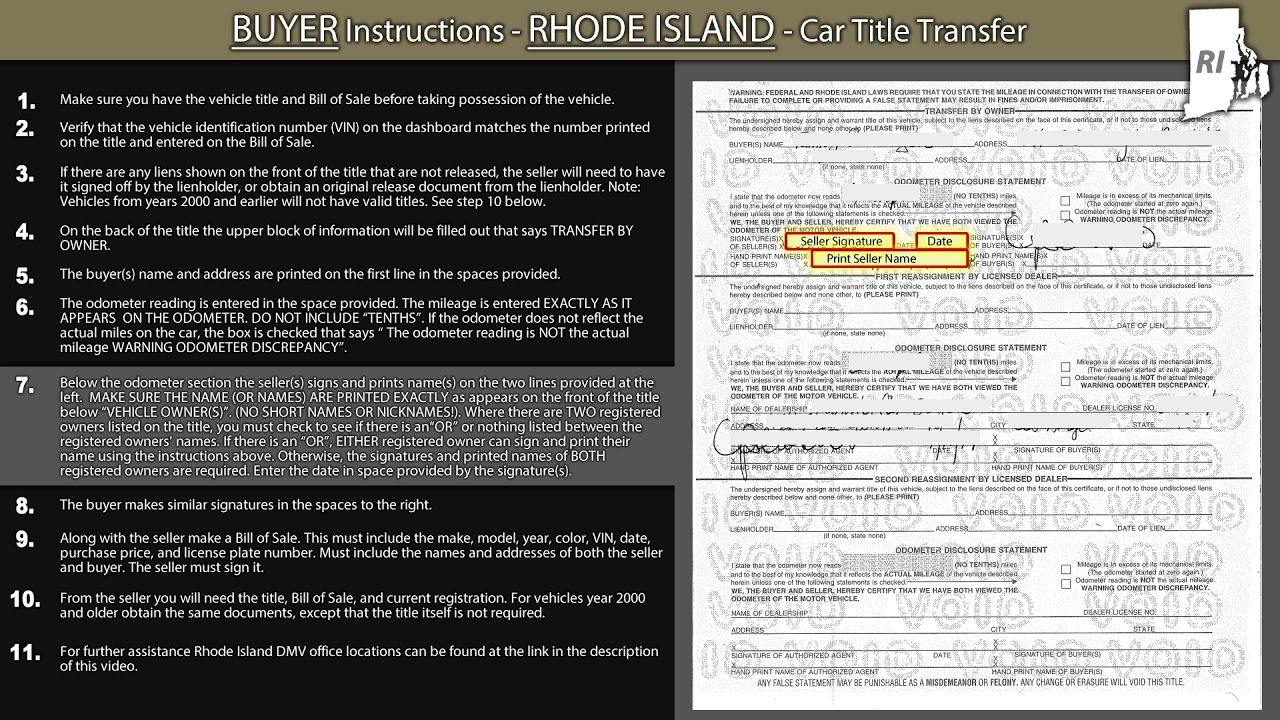Introduction to Rhode Island’s Shape
Rhode Island, the smallest state in the United States, is known for its unique shape that sets it apart from the rest. Despite its small size, Rhode Island’s shape is intriguing and holds historical significance. This article aims to explore the various aspects of Rhode Island’s shape, including its geographical boundaries, coastline, distinctive features, borders with neighboring states, factors influencing its shape, and noteworthy landforms.
Rhode Island’s Geographical Boundaries
Rhode Island is located in the New England region of the northeastern United States. It is bordered by Massachusetts to the north and east, Connecticut to the west, and the Atlantic Ocean to the south. Despite its name, Rhode Island is not an island but a state with a mainland area and a series of islands within its territorial waters.
Exploring Rhode Island’s Coastline
Rhode Island boasts a magnificent coastline that stretches for approximately 400 miles. The shoreline is dotted with numerous bays, inlets, and harbors, making it an ideal destination for boating and other water activities. The coastal areas are also home to several beautiful beaches, attracting both locals and tourists alike.
The Unique Shape of Rhode Island
Rhode Island’s shape is often described as resembling a rectangular trapezoid. Its overall outline is long and narrow, with the northern part wider than the southern portion. The state measures approximately 48 miles in length and 37 miles in width at its widest point. This distinctive shape has earned Rhode Island the nickname "The Ocean State."
Rhode Island’s Distinctive Features
One of the most distinctive features of Rhode Island’s shape is its irregular coastline, which creates numerous bays and harbors. Narragansett Bay, located in the eastern part of the state, is particularly noteworthy. The bay is home to several islands, including Aquidneck Island, where the city of Newport is situated.
Historical Significance of Rhode Island’s Shape
Rhode Island’s shape played a significant role in its early history. The irregular coastline and abundance of natural harbors made it an important center for maritime trade. The state’s ports were crucial for the shipping industry, contributing to Rhode Island’s economic growth in the 18th and 19th centuries.
Rhode Island’s Borders with Neighboring States
Rhode Island shares borders with two neighboring states: Massachusetts and Connecticut. The border with Massachusetts runs along the northern and eastern sides of Rhode Island, while the border with Connecticut lies to the west. These state borders are easily distinguishable due to natural features such as rivers and lakes.
Factors Influencing Rhode Island’s Shape
Rhode Island’s shape is a result of various geographical factors. The state’s boundaries were primarily determined by natural features, such as rivers and coastlines. Additionally, historical events and political decisions also influenced the shaping of Rhode Island’s borders. The state’s compact size is partly due to the desire of early settlers to have a manageable and easily governable territory.
Rhode Island’s Intriguing Geography
Rhode Island’s geography is characterized by a diverse range of landforms. While the state is mostly flat, there are some notable exceptions. The western part of Rhode Island is hilly, with the state’s highest point, Jerimoth Hill, reaching an elevation of 812 feet. The eastern coastal areas are low-lying and feature sandy beaches.
Rhode Island’s Noteworthy Landforms
Apart from its coastline, Rhode Island is home to several noteworthy landforms. The state’s islands, including Aquidneck Island and Conanicut Island, add to its distinctive shape. Additionally, there are several lakes and ponds scattered throughout Rhode Island, providing scenic beauty and recreational opportunities for residents and visitors alike.
Rhode Island’s Shape in Comparison to Other States
Rhode Island’s shape distinguishes it from other states in the United States. While rectangular in form, its elongated and narrow structure makes it stand out. When comparing Rhode Island’s shape to other states, its small size is evident. However, its unique shape allows for a diverse range of landscapes and natural features within its compact territory.
Conclusion: The Enduring Shape of Rhode Island
Rhode Island’s shape has remained relatively unchanged throughout its history, and its distinct features continue to captivate those who visit or call it home. From its irregular coastline and numerous islands to its historical significance and geographical diversity, Rhode Island’s shape tells a story of a state rich in both natural beauty and cultural heritage. As the smallest state in the United States, Rhode Island’s enduring shape is a testament to its enduring charm.





